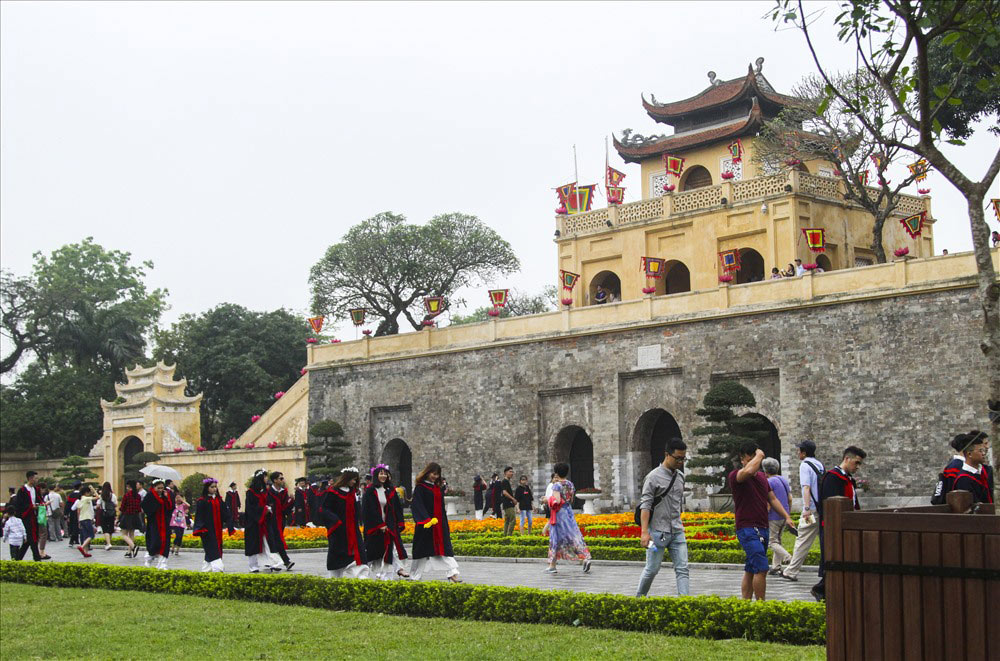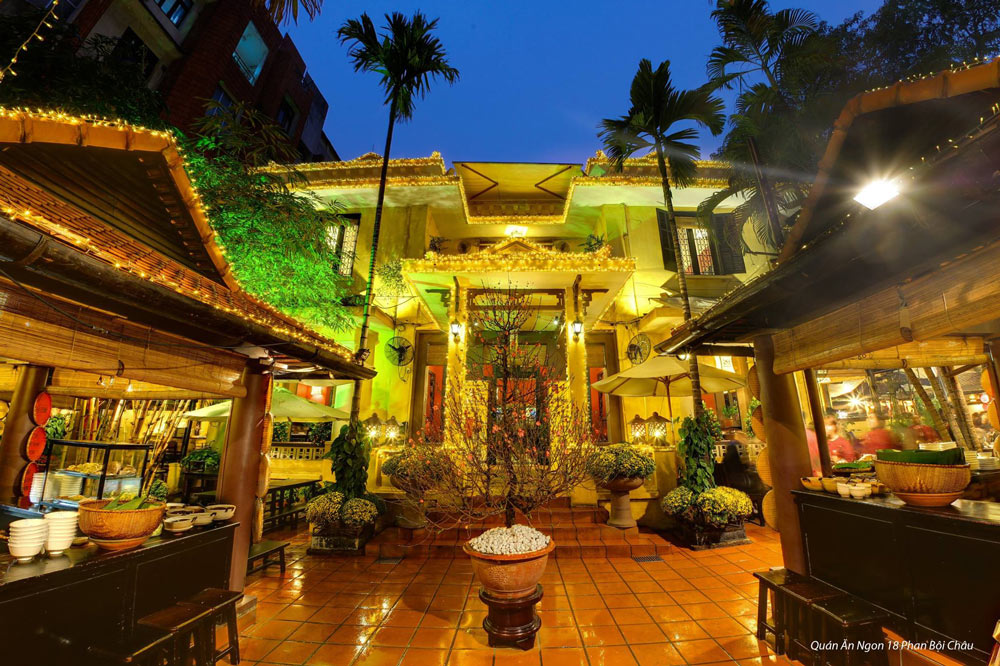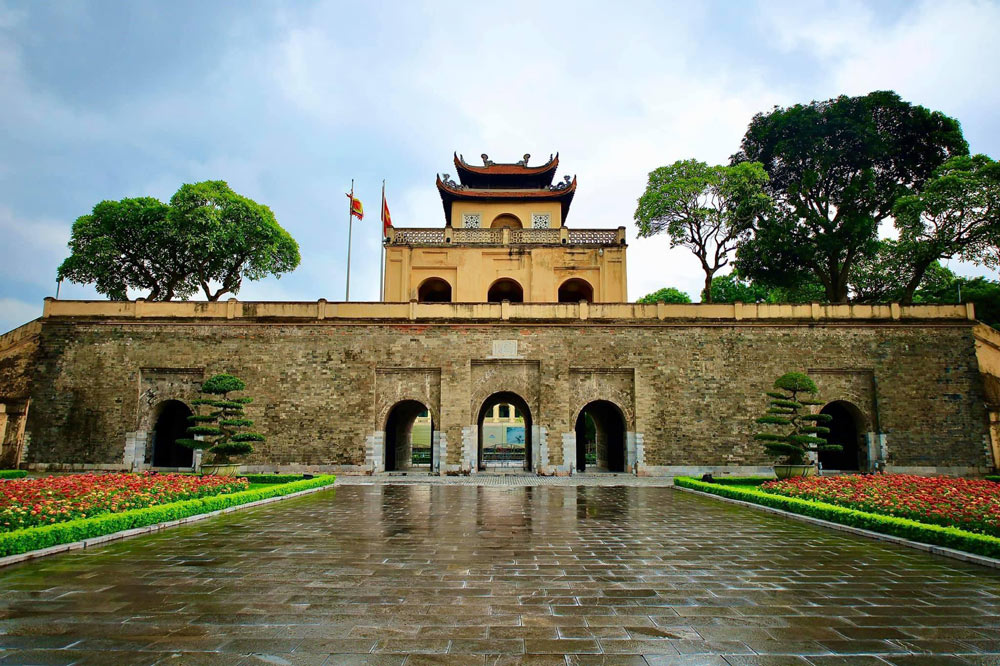- SG$ Singapore Dollar
- A$ Australian Dollar
- £ British Pound Sterling
- C$ Canadian Dollar
- € Euro
- MYR Ringgit Malaysia
- US$ United States Dollar
- đ Vietnamese Dong
Step back in time to the heart of ancient Vietnam, where emperors once ruled and dynasties rose and fell. Here, amidst the bustling city of Hanoi, lies the Imperial Citadel of Thang Long, a sprawling complex of palaces, gates, and historical relics that whispers tales of a thousand years of power and splendor. Designated a UNESCO World Heritage Site in 2010, the Imperial Citadel of Thang Long is more than just a collection of ancient structures; it's a testament to Vietnam's rich history and enduring cultural heritage. Located in the center of Hanoi, this remarkable site offers a fascinating journey through the ages, from the pre-Thang Long period to the Ly, Tran, and Le dynasties. This comprehensive guide will equip you with everything you need to know to explore the Imperial Citadel of Thang Long, delving into its captivating history, highlighting its architectural marvels, and providing up-to-date information on tickets, opening hours, and essential visiting tips. Prepare to be transported to a world of imperial grandeur as you uncover the secrets of this ancient royal city.
The Imperial Citadel of Thang Long is much more than just a collection of ancient ruins; it's a powerful symbol of Vietnam's history, a testament to its enduring culture, and a window into the grandeur of its imperial past. But what exactly makes this site so famous and worthy of a visit?
The Imperial Citadel of Thang Long is renowned for its extraordinary longevity as a center of political power. For over 13 consecutive centuries, from the 11th century until the 18th century, this site served as the political heart of Vietnam. Imagine the countless decisions, ceremonies, and events that unfolded within these walls, shaping the course of the nation's history.
Imperial Dynasties: The Citadel was the seat of power for several Vietnamese dynasties, including the Ly, Tran, Le, and briefly, the Nguyen. Each dynasty left its mark on the Citadel, contributing to its complex layers of history and architecture. Exploring the Imperial Citadel of Thang Long history is like peeling back the layers of time, revealing the ebb and flow of power over a millennium.
To truly appreciate the significance of the Imperial Citadel of Thang Long, let's delve into some fascinating facts:
Thirteen Centuries of Power: As mentioned, the ancient site held the throne for an impressive 13 consecutive centuries, making it a unique historical site not just in Vietnam, but globally.
Ly Dynasty Origins: The royal enclosure was first constructed during the Ly Dynasty in the 11th century, marking a significant moment in Vietnamese history as the country asserted its independence from Chinese rule. The Citadel was subsequently expanded by the Tran and Le dynasties, each adding their own architectural flourishes.
A Lasting Legacy: The Citadel is a powerful remnant of Vietnam's rich history, offering tangible evidence of a powerful and sophisticated civilization that flourished for centuries.
These Imperial Citadel of Thang Long facts highlight its importance.
The Imperial Citadel of Thang Long is not a static monument frozen in time; rather, it's a living testament to the evolution of Vietnamese architecture and artistic sensibilities.
Dynastic Influences: As each dynasty took power, they added to or modified the existing structures, resulting in a unique blend of architectural styles. You'll find elements reflecting the distinct artistic preferences of the Ly, Tran, Le, and Nguyen periods.
Architectural Highlights: Look for remnants of ancient palaces, imposing gates (such as Doan Mon Gate), and the foundations of long-lost structures. Notice the intricate carvings, the use of different materials like wood, stone, and brick, and the subtle shifts in design that reflect the changing tastes of different eras.
The Imperial Citadel of Thang Long is not just a historical site; it's also an active archaeological site. Excavations, particularly in the area known as 18 Hoang Dieu, continue to unearth a wealth of artifacts, providing invaluable insights into the Citadel's past.
Ongoing Excavations: Archaeologists have uncovered foundations of ancient palaces, ceramics, coins, and other objects that shed light on the daily life, court rituals, and artistic practices within the Citadel across different dynasties.
Unveiling the Past: These discoveries are constantly adding to our understanding of the Citadel's history and the civilizations that thrived within its walls. The ongoing archaeological work makes the Citadel a dynamic site, where new discoveries are still being made, further enriching its historical narrative.
The Imperial Citadel of Thang Long, through its many transformations, destructions, and reconstructions, stands as a powerful symbol of the enduring spirit and resilience of the Vietnamese people. It represents a civilization that has weathered countless storms, adapted to change, and preserved its cultural heritage through centuries of upheaval. It is a testament to the enduring strength and cultural richness of the Vietnamese people, a place where the past continues to inspire the present. Visiting the Citadel is not just about admiring old buildings; it's about connecting with the spirit of a nation and appreciating the depth and complexity of its history.
With its rich history and UNESCO World Heritage status, the Imperial Citadel of Thang Long a significant landmark. But with limited time in Hanoi, you might be wondering if it truly deserves a spot on your itinerary. Let's weigh the pros and cons to help you decide.
If you're fascinated by history, particularly Vietnamese history, then the Imperial Citadel of Thang Long is an absolute must-visit. Its unparalleled historical significance, spanning over a millennium and encompassing numerous dynasties, makes it an essential destination for understanding the nation's past. Walking through the Citadel grounds, you're tracing the footsteps of emperors and witnessing the very place where the destiny of Vietnam was shaped for centuries. No other site in Hanoi offers such a deep dive into the country's imperial history.
For those with an eye for architecture, the Imperial Citadel of Thang Long offers a fascinating, albeit fragmented, journey through various architectural styles. While much of the original structures are gone, the remaining remnants, including the Doan Mon Gate, the foundations of ancient palaces, and various unearthed artifacts, showcase the distinct features of different dynasties. The Citadel provides a unique opportunity to witness the evolution of Vietnamese architecture across different historical periods, reflecting the changing influences and artistic sensibilities of each era.
Beyond its historical and architectural value, a visit to the Imperial Citadel of Thang Long provides a deeper understanding of Vietnamese culture and heritage. The site embodies the enduring spirit of the Vietnamese people, their resilience in the face of change, and their deep connection to their past. Exploring the Citadel, you'll gain a greater appreciation for the cultural foundations that have shaped modern Vietnam. It's a chance to connect with the nation's soul and reflect on its long and complex history.
It's important to manage expectations when visiting the Imperial Citadel of Thang Long.
Large Site, Ongoing Work: The Citadel is a sprawling complex, and some areas may be under excavation or restoration, limiting access to certain structures.
Imagination Required: Much of the Citadel's former grandeur lies buried beneath the ground or exists only in historical records. Visitors need to use their imagination to visualize the scale and splendor of the palaces and structures that once stood here.
So, is the Imperial Citadel of Thang Long worth visiting? If you have even a passing interest in history, architecture, or Vietnamese culture, the answer is a resounding yes. It's a truly unique site that offers a powerful connection to Vietnam's past. While it may require some imagination to fully envision its former glory, the Citadel's historical significance and cultural value are undeniable. However, if you prefer highly preserved, fully reconstructed historical sites, you might find the Citadel less visually impressive compared to more intact monuments.
Ultimately, the decision depends on your individual interests. But for many visitors, the Imperial Citadel of Thang Long proves to be a highlight of their time in Hanoi, offering a profound and enriching experience that goes far beyond typical sightseeing. It's a journey through time that will deepen your understanding and appreciation of this fascinating country.

A visit to the Imperial Citadel of Thang Long is a journey through centuries of Vietnamese history. Here are some of the key highlights you won't want to miss:
Your exploration of the Imperial Citadel of Thang Long likely begins at Doan Mon Gate, the imposing southern gate.
At the heart of the Citadel lies the foundation of Kinh Thien Palace, once the most important palace within the complex.
Stone Dragons: The highlight here is a set of majestic stone dragons flanking the steps that once led to the palace. These dragons are remarkable examples of Le Dynasty artistry.
Hau Lau, also known as the Princess' Palace or the "Pagoda of the Ladies," is one of the best-preserved structures within the Imperial Citadel of Thang Long.
Bac Mon, or the North Gate, is another significant structure within the Imperial Citadel of Thang Long.
Adjacent to the main Citadel complex is the archaeological site at 18 Hoang Dieu Street, a treasure trove of historical discoveries.
For a glimpse into a more recent chapter of history, visit House D67 and its associated underground tunnel.
There are some museums inside the complex where you can see many of the artifacts discovered inside the complex.
Exploring these key highlights of the Imperial Citadel of Thang Long will provide you with a deeper appreciation for its historical significance, its architectural diversity, and its enduring role as a symbol of Vietnamese culture and resilience. Each structure, each artifact, and each excavated site has a story to tell, contributing to the rich tapestry of this UNESCO World Heritage Site.

To make the most of your visit to the Imperial Citadel of Thang Long, here's a rundown of essential practical information:
Many people ask "How much is the entrance to the Imperial Citadel of Thang Long?". Here are the details about Imperial Citadel of Thang Long entrance fee:
Knowing the Imperial Citadel of Thang Long opening hours is crucial for planning your visit.
You might be wondering, "How long to spend at Imperial Citadel?"
The Imperial Citadel of Thang Long is centrally located in Hanoi, making it easily accessible.
To gain a deeper understanding of the Citadel's history and significance, consider joining one of the Imperial Citadel of Thang Long tours.
By familiarizing yourself with these practical details, you can plan a smooth and enriching visit to the Imperial Citadel of Thang Long, allowing you to fully appreciate the historical depth and cultural significance of this remarkable UNESCO World Heritage Site.

While exploring the vast expanse of the Imperial Citadel of Thang Long, you might find yourself in need of refreshment. Here's what you need to know about dining options within and near the Citadel:
Currently, there are no restaurants located directly within the Imperial Citadel of Thang Long complex itself. However, you may find some drinks and snacks available to purchase near the main entrance or in rest areas.
Fortunately, the area surrounding the Imperial Citadel of Thang Long offers a variety of dining options, from casual eateries to more upscale restaurants. Here are a few recommendations:
Tips for Dining Near the Citadel:
While dining options within the Imperial Citadel of Thang Long are limited, the surrounding area offers a plethora of choices to satisfy any appetite. Whether you're looking for a quick snack, a refreshing drink, or a full meal, you'll find plenty of options to fuel your exploration of this historic site.

To ensure your visit to the Imperial Citadel of Thang Long is both enjoyable and enriching, here are some helpful tips to keep in mind:
Timing your visit strategically can enhance your experience.
Comfort and respect are key when deciding what to wear to the Imperial Citadel of Thang Long.
6.3. Guided Tour vs. Independent Exploration
Deciding whether to take a guided tour or explore independently depends on your personal preferences and how deeply you want to delve into the Citadel's history.
Ultimately, the choice is yours. If you're a history buff or want a more in-depth understanding, a guided tour is recommended. If you prefer a more leisurely and independent experience, exploring on your own can be equally rewarding.
Photography is generally permitted throughout most of the Imperial Citadel of Thang Long, but be mindful of any restrictions.
The Imperial Citadel of Thang Long is conveniently located near several other significant historical sites, making it easy to combine your visit with other attractions.
By following these tips, you can plan a visit to the Imperial Citadel of Thang Long that is both enjoyable and enriching, allowing you to fully appreciate the historical significance and architectural beauty of this remarkable UNESCO World Heritage Site.
The Imperial Citadel of Thang Long is far more than just a historical site; it's a journey through time, a testament to the enduring spirit of Vietnam, and a powerful symbol of its rich cultural heritage. From its origins as an ancient center of power to its modern-day status as a UNESCO World Heritage Site, the Citadel offers a unique window into the heart of Vietnam's history, spanning over a thousand years and multiple dynasties. Exploring its grounds, you can almost hear the echoes of emperors, mandarins, and soldiers who once walked these paths. We encourage you to experience the grandeur of Doan Mon Gate, to reflect upon the foundations of Kinh Thien Palace, and to immerse yourself in the stories etched within the walls of the Imperial Citadel of Thang Long. It's a journey that will undoubtedly enrich your understanding of Hanoi and Vietnam as a whole.
To elevate your exploration of the Imperial Citadel of Thang Long and ensure an unforgettable adventure in Vietnam, consider the expertise of Asia Mystika. We specialize in crafting tailor-made experiences that transcend conventional itineraries, allowing you to connect with the soul of Vietnam on a deeper level. Our local experts provide invaluable insights, revealing hidden narratives and unlocking authentic experiences you won't find in any guidebook. With Asia Mystika, you can travel with confidence, knowing that every detail is meticulously curated by a trustworthy team dedicated to creating meaningful journeys. And our unwavering commitment to value for money means your investment unlocks an extraordinary and enriching adventure.
Ready to step back in time and uncover the secrets of the Imperial Citadel of Thang Long? Explore our inspiring range of Vietnam tour packages and let us help you design a personalized itinerary that captures the essence of this remarkable country. We invite you to share your own Citadel experiences, your thoughts, or any questions you may have in the comments below. Let your journey into Vietnam's imperial past begin!

